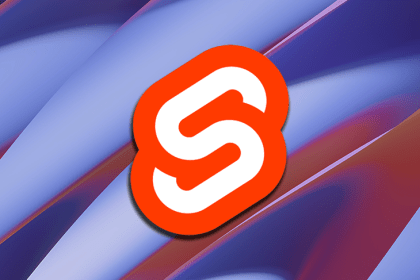
Svelte Native is the new kid on the block for building native Android and iOS apps, but how does it compare to React Native?

Here’s how you can create a single-page application in Svelte and implement a routing mechanism with svelte-spa-router.

Svelte improves on what made us love Vue to begin with, like high performance, a lightweight and familiar templating syntax, and an easy learning curve.

Use Podium to create a micro frontend, to compile two individual Svelte applications into one application that’s easier to manage.

Get started with Svekyll, Jekyll, and Svelte. Cover the best use cases for each, as well as some existing and upcoming features of Svekyll.

Svelte actions are a very powerful, function-based feature that are important to understand. Get started with this simple, in-depth intro.

Cover the fundamentals for testing applications in SvelteKit, including unit testing with Jest and Svelte Testing Library and end-to-end testing with Cypress.

In this tutorial, we’ll implement localization in a Svelte application that will include routing, so you can divide the content across pages.

Learn how to build your own components in Svelte with Sveltekit, including how to test and publish them to npm.

Explore Svelte Material UI, a helper library for building custom and advanced UI components that is inspired by Google’s Material Design.

This review of the top seven most popular form validation libraries in Svelte can help you choose the best fit for your next project.

Explore three options for implementing PWAs using Svelte, SvelteKit, and Sapper. Examine the fundamental features of PWAs, including service workers and web manifests.